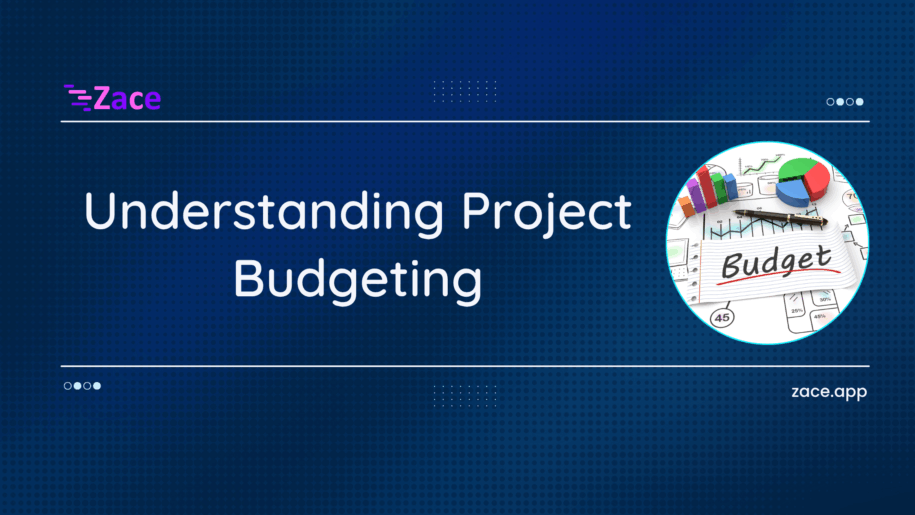Understanding Project Budgeting: Costs & Management

Comments are closed.

Ever been in a project that spiraled out of control financially? You’re not alone.
Nearly 70% of projects exceed their initial budgets, with poor estimation and inadequate cost control being major contributing factors
Whether you’re leading a startup or managing enterprise projects, understanding project budgeting is critical for financial stability, team alignment, and long-term success.
This guide breaks down everything you need to know — from project cost components to budget estimation techniques and cost management strategies that actually work.
 What Is Project Budgeting?
What Is Project Budgeting?Project budgeting is the process of estimating, allocating, and controlling costs throughout the project lifecycle.
A well-crafted project budget acts as a financial roadmap, helping teams predict expenses, allocate resources wisely, and ensure profitability.
 Key Components of a Project Budget
Key Components of a Project BudgetA project budget isn’t just a single number — it’s a detailed breakdown of all expected costs.
1. Direct Costs


2. Indirect Costs
3. Contingency Reserve
No project goes exactly as planned. A contingency fund (typically 5–10% of total costs) covers unexpected expenses or risks.
4. Capital vs. Operational Costs
 Why Project Budgeting Is Crucial for Startups and Companies
Why Project Budgeting Is Crucial for Startups and CompaniesEffective project budgeting ensures your projects stay on time, on scope, and within financial limits.
Here’s why it matters:
Prevents Financial Overruns – Tracks expenses and prevents scope creep.
Improves Resource Allocation – Ensures every dollar spent adds value.
Increases Stakeholder Confidence – Transparent budgets build trust with investors and clients.
Supports Strategic Decision-Making – Helps leadership prioritize profitable projects.

 The Project Budget Management Process
The Project Budget Management Process Step 1: Define Project Scope
Outline deliverables, timelines, and key milestones. The clearer your scope, the better your estimates.
Step 2: Identify Cost Elements
List all potential costs—labor, materials, tools, and hidden expenses (like training or maintenance).
Step 3: Estimate Costs
Use one or more estimation techniques discussed earlier to create an initial budget draft.
Step 4: Get Stakeholder Approval
Review the proposed budget with investors, clients, or management to ensure alignment and transparency.
Step 5: Track and Control Costs
Use software tools to monitor spending in real time and compare actuals vs. forecasts.
Step 6: Adjust and Report
If unexpected changes occur, revise your budget and document the rationale to maintain accountability.
Understanding project budgeting isn’t just about managing numbers — it’s about controlling the narrative of your project’s success.
From cost estimation to budget tracking, every decision shapes your project’s financial outcome.
Whether you’re a startup founder or a corporate project manager, mastering project budgeting gives you a powerful edge in managing risks and ensuring profitability.

Managing budgets manually can be a nightmare. The good news? There are tools built to help.
Tried Zace ?